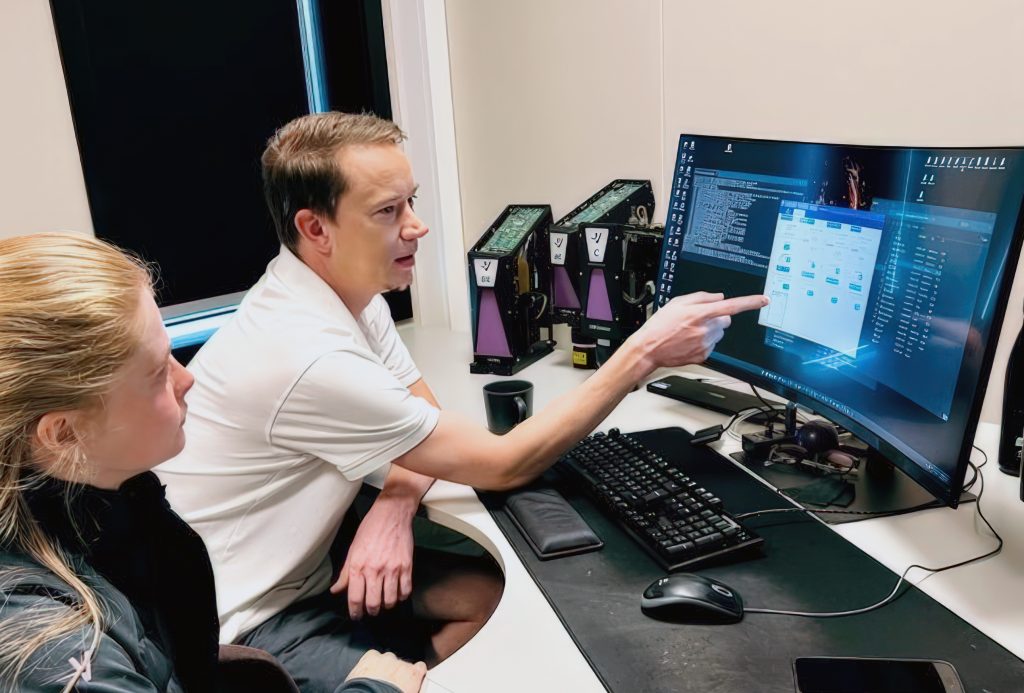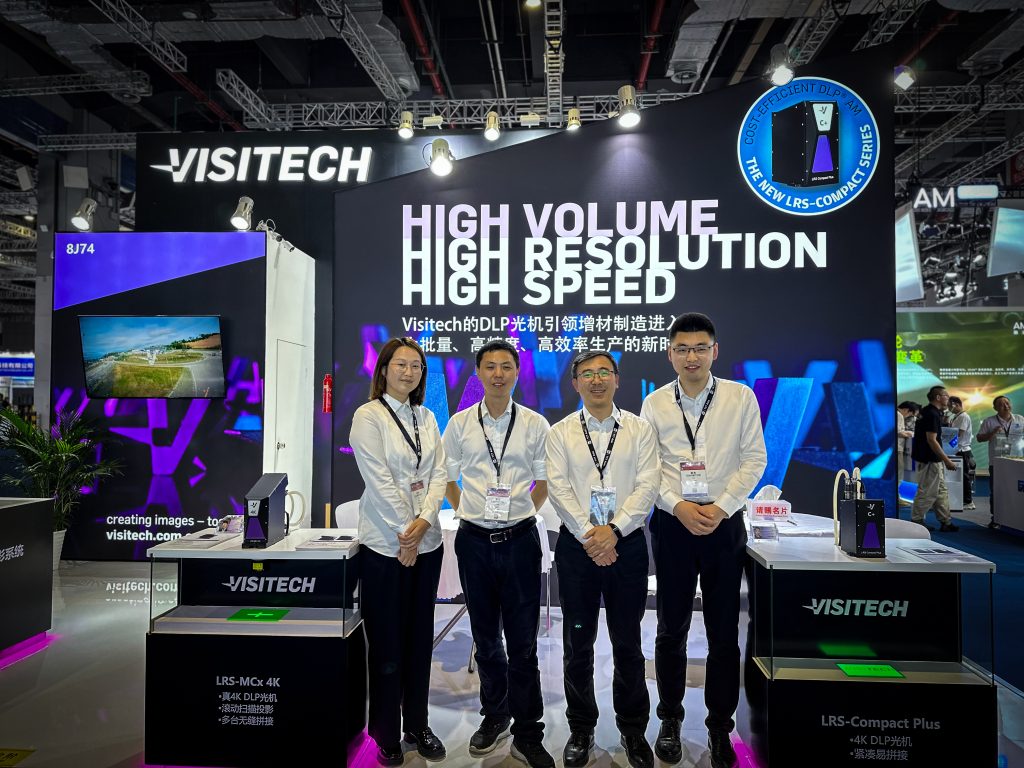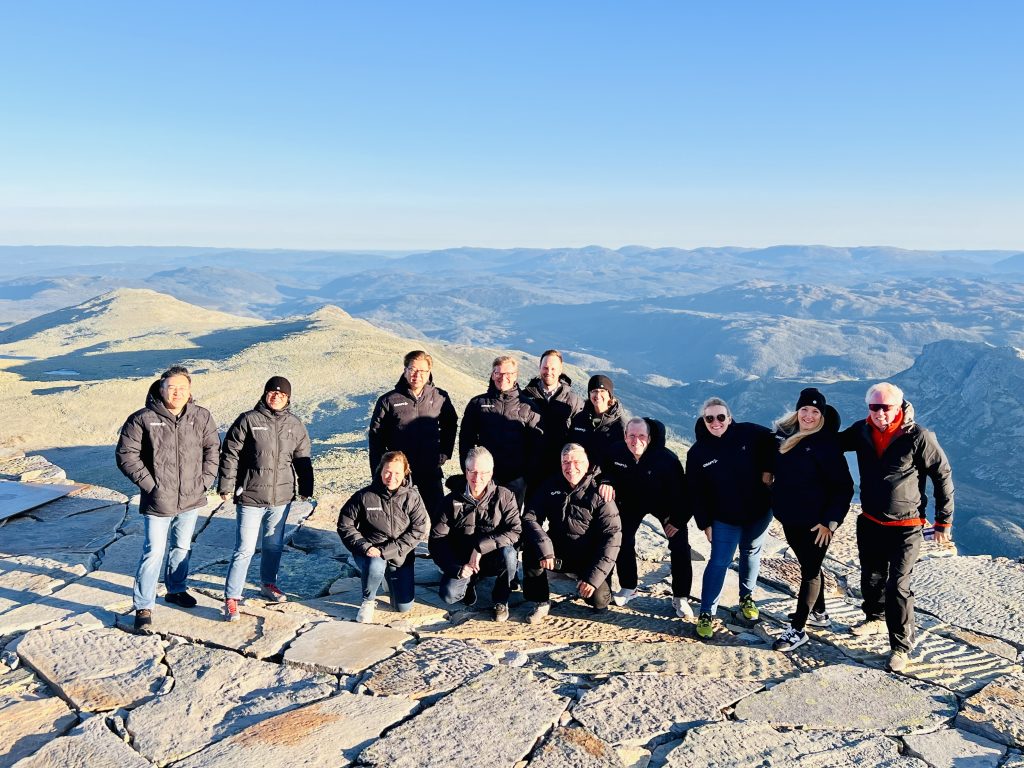
INSIGHTS: Visitech’s Senior Software Engineer
Delve into the innovative LUXBEAM® Additive Management Application (LAMA) API, a pivotal tool in the realm of high-precision imaging systems. With its universal API, intuitive JSON interface, and cross-platform support, LAMA significantly enhances various applications’ efficiency, reliability, and scalability.
In this interview, our Senior Software Engineer, John Abrahamsen, discusses how LAMA transforms the landscape for developers, system integrators, and end-users by offering a robust and versatile solution for managing projector systems.
Let’s explore the specific advantages and capabilities that make LAMA a game-changer in the industry.
Streamlining projector management with LAMA
Q: Can you tell us about Visitech´s LAMA (Luxbeam Additive Management Application) API and why it’s considered a game-changer in high-precision imaging systems?
John: Absolutely. LAMA is designed to streamline the management and integration of projector systems, offering a robust, versatile, and user-friendly solution. It’s particularly beneficial for developers, system integrators, and end-users due to its universal API, intuitive JSON interface, cross-platform support, and many other features that enhance efficiency, reliability, and scalability.
Simplifying upgrades with universal API
Q: That sounds impressive. Let’s discuss some specific advantages. How does LAMA’s universal API simplify upgrades?
John: The universal API is one of LAMA’s standout features. It supports all new and future products, excluding legacy systems, which means users can upgrade their projector types or shift from one type to another with minimal to no changes in their existing codebase. This capability ensures a seamless transition, saving time and effort in new product software development and maintaining consistent operation across multiple platforms.
Intuitive development with JSON interface
Q: And how does the JSON interface contribute to intuitive development?
John: LAMA utilizes a state-of-the-art JSON interface over TCP, a lightweight data interchange format that’s easy for developers to work with. This facilitates rapid development and integration, allowing developers to focus on creating robust solutions without getting bogged down by complex communication protocols. It accelerates the time-to-market for new applications significantly.
Cross-platform compatibility for flexibility
Q: Cross-platform compatibility is crucial these days. How does LAMA address this?
John: LAMA supports both Linux and Windows operating systems, providing flexibility and convenience. This cross-platform support ensures that users can seamlessly integrate and manage projector systems across different technological environments.
Q: Managing multiple projectors can be complex. How does LAMA simplify this task?
John: LAMA offers centralized management and synchronization, allowing users to manage and sync multiple projectors from a single application. This centralized control is particularly beneficial for complex setups where multiple projectors must operate in unison. It ensures coordinated performance, reduces errors, and enhances overall system efficiency.

LAMA is a complete package, including the server and a graphical user interface. This inclusion ensures that users have everything they need to manage and control their projector systems right out of the box.
John Abrahamsen, Senior Software Engineer, Visitech
Real-time monitoring
Q: Real-time monitoring is vital for uninterrupted operation. How does LAMA handle this?
John: LAMA provides real-time monitoring and error reporting, which is crucial for maintaining the health and performance of projector systems. By identifying and reporting issues as they occur, LAMA enables swift troubleshooting and resolution, minimizing downtime and ensuring systems operate at peak performance.
Q: Can you elaborate on LAMA’s server performance optimization?
John: LAMA’s server is highly optimized for each hardware type, ensuring efficient operation and minimal hardware requirements. This optimization translates to cost savings by reducing the need for high-end hardware. The efficiency gains also enhance system responsiveness and reliability, providing a superior user experience.
Comprehensive documentation and examples provided
Q: Documentation is key for developers. How does LAMA support this?
John: LAMA excels with comprehensive documentation and example code, providing an extensive user guide. This resource is invaluable for developers, offering clear instructions and practical examples that simplify the learning curve and accelerate development.
Q: What about the included server and graphical user interface?
John: LAMA is a complete package, including the server and a graphical user interface. This inclusion ensures that users have everything they need to manage and control their projector systems right out of the box. The GUI makes it accessible even to users with limited technical expertise.
Q: Firmware upgrades can be a hassle. How does LAMA address this?
John: LAMA’s automatic firmware upgrade feature ensures that the system always runs the latest version. This provides access to new features, enhancements, and critical security updates without requiring manual intervention, making it a hassle-free process for users.
Continuous upgrades and backward compatibility
Q: Finally, how does LAMA handle continuous upgrades and backward compatibility?
John: LAMA is continuously upgraded with a strong emphasis on maintaining backward compatibility. This ensures that users can benefit from the latest advancements without worrying about compatibility issues with their existing systems. It provides a future-proof solution that evolves with technological advancements while preserving the integrity of past investments.
Q: Thanks, John, for sharing these insights. LAMA is truly a revolutionary tool for projector management.
Want to know more?
Contact us to learn more about our LAMA software and subsystems, or meet us at Rapid+TCT in Los Angeles!
Share





